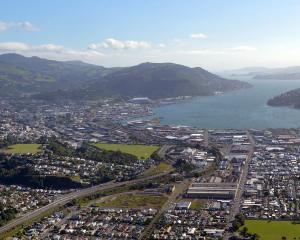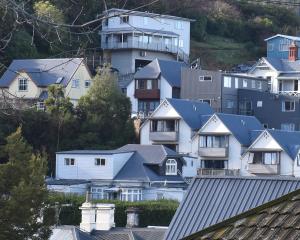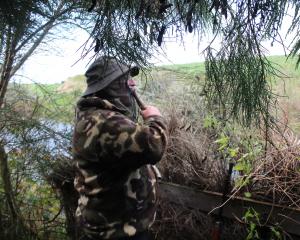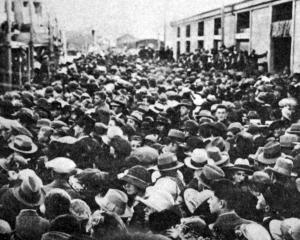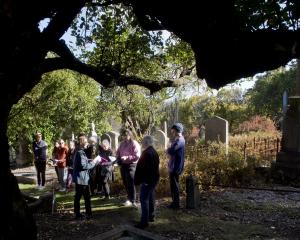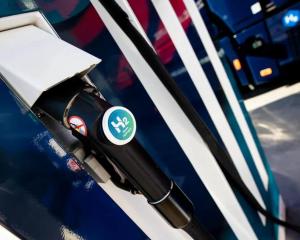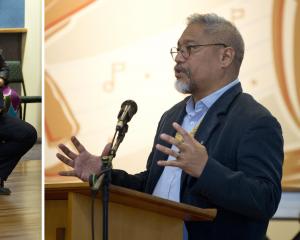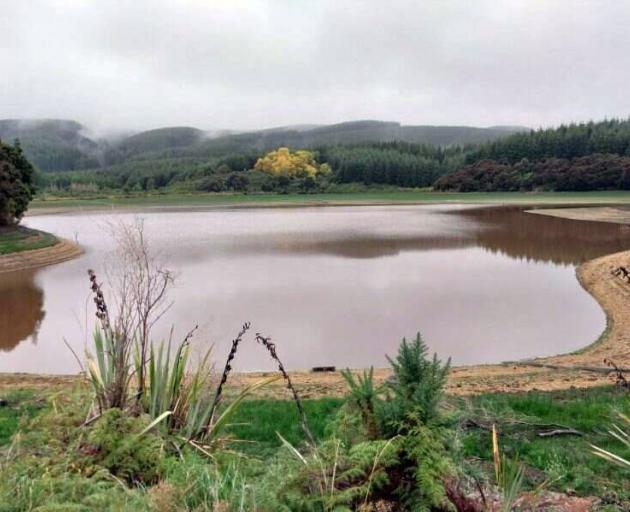
Geoff Davidson said it was hard to point a finger at anyone for the loss of water but a bit more patience could have been shown.
The Clutha District Council announced last week it could no longer use the Phoenix Dam to supply water to Lawrence, while the new Greenfield bore, which was to replace it, and supply Lawrence residents’ water, would not be ready in time.
The council said it was turning to another solution: diverting the stream above the Phoenix Dam and forming a bypass to ensure the supply of water would continue for Lawrence. The situation was critical as Lawrence only had up to five weeks of water left.
Work would also be starting on the Bungtown race, and particularly the siphon, as the flow from the Phoenix catchment was insufficient to ensure continued supply to Lawrence.
The Bungtown race and siphon were constructed before 1900 and the council had sought approval from Heritage NZ before undertaking any improvement works.

Flood protection work to lower the level of the Phoenix Dam involving a controlled dewatering operation began in November last year.
The council was then notified by dam owner Port Blakely Ltd it was going to decommission the dam due to its age. It was built in 1863. The council said the bottom 25% of water in the dam would be unusable because of its quality.
The new Greenfield bore, with water supplied from the Clutha River, which will supply the Lawrence township in the future, is expected to be operational later this year.
The council confirmed last week the cost estimate for the bypass was $30,000-$50,000.
The regional council consent application cost for the bypass was $2450 and they had estimated the consent costs for the works required for the bypass would be between $4000 and $8000.
To date, clearance of the outer race by hand, and purchase of some pipework to rebuild the siphon has cost about $65,000.
Labour costs to get the race running were unknown as the crews will be finding solutions as they work along the 4.5km length of the race.
It was anticipated that some short sections will need to be piped but considering that the race was only required for a relatively short period ahead of the replacement scheme being commissioned, material choices will reflect the temporary need. Labour costs were hard to quantify as work on the race would depend on the condition of it.
The council said costs for the project would be capitalised and would be funded by rates over time. It was confident the Bungtown race would be of an appropriate standard and the water quality would be suitable to treat.
Mr Davidson said a combination of four different organisations — the district council, the regional council, Port Blakely Ltd and Taumata Arowai — got involved and perhaps should have shown a bit more patience.
If they had waited one more year then the new bore would be up and running and there would be no need to build the temporary works.
Lowering the dam in November was always going to be risky and the area had had a dry summer.
He said he was not pointing the finger at anyone but some people in Lawrence were upset about what had happened.
The dam had been there for a long time and it was not a big issue for so long until now.

